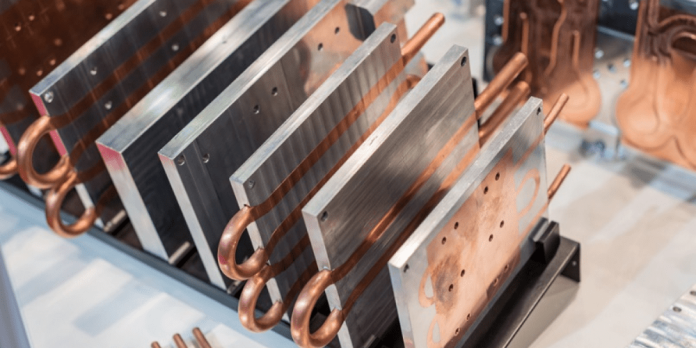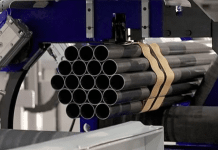Premium quality custom cold plates are designed and manufactured to meet the specific requirements of a particular application. These cold plates are typically used in electronic or power electronic devices to dissipate heat and maintain optimal operating temperatures.
The design of a custom cold plates can vary depending on the application, but some common features of premium quality custom cold plates include:
- Material selection: The material used to manufacture the cold plate can have a significant impact on its thermal performance, durability, and cost. Common materials used for custom cold plates include copper, aluminium, and stainless steel.
- Flow channel design: The flow channel design of the cold plate is critical to its effectiveness in dissipating heat. The flow channels are typically designed to maximize heat transfer while minimizing pressure drop and flow resistance.
- Fin design: The fins on a custom cold plate are designed to increase the surface area available for heat transfer. The fin design can vary depending on the application, and factors such as the thickness, spacing, and shape of the fins can all impact the thermal performance of the cold plate.
- Machining and manufacturing tolerances: Premium quality custom cold plates are manufactured to very tight tolerances to ensure optimal performance and durability. This can involve complex machining and manufacturing processes such as CNC machining, vacuum brazing, and laser welding.
- Testing and validation: Custom cold plates are typically tested and validated to ensure that they meet the performance specifications for the particular application. This can involve thermal testing, pressure drop testing, and other types of validation testing.
Overall, premium quality custom cold plates are designed and manufactured to provide optimal thermal performance and durability for a particular application. They can be an effective solution for dissipating heat in electronic and power electronic devices, but they require careful design, manufacturing, and testing to ensure optimal performance.
Electric vs water cold plates
Electric and water cold plates are two different methods for cooling electronic devices.
Electric cold plates use Peltier cooling technology, which involves running an electric current through a thermoelectric module. This causes one side of the module to become hot and the other side to become cold. The cold side of the module is placed in contact with the electronic device, which draws heat away from the device and into the cold plate. The heat is then dissipated into the environment through a heat sink or fan.
Water cold plates, on the other hand, use water as a coolant. The electronic device is mounted on a metal plate that has channels or tubes running through it. Water is pumped through the channels or tubes, absorbing heat from the electronic device and carrying it away. The heated water is then sent to a radiator or heat exchanger, where it is cooled before being circulated back through the cold plate.
The choice between electric and water cold plates will depend on several factors, including the specific cooling requirements of the electronic device, the size and configuration of the cold plate, and the available infrastructure for cooling (such as a water cooling system). In general, water cooling systems can provide more efficient cooling than electric cold plates, but they can also be more complex and expensive to implement.










